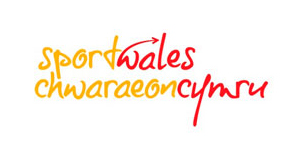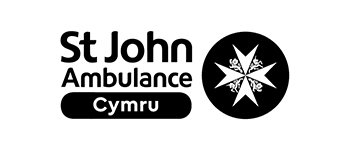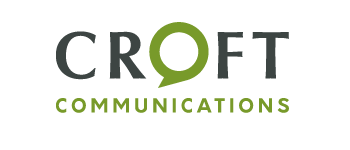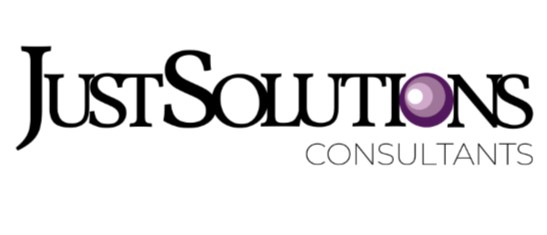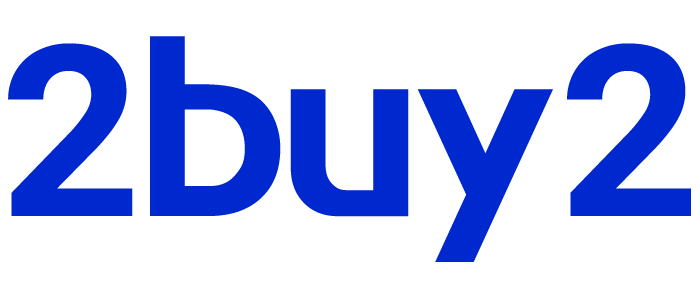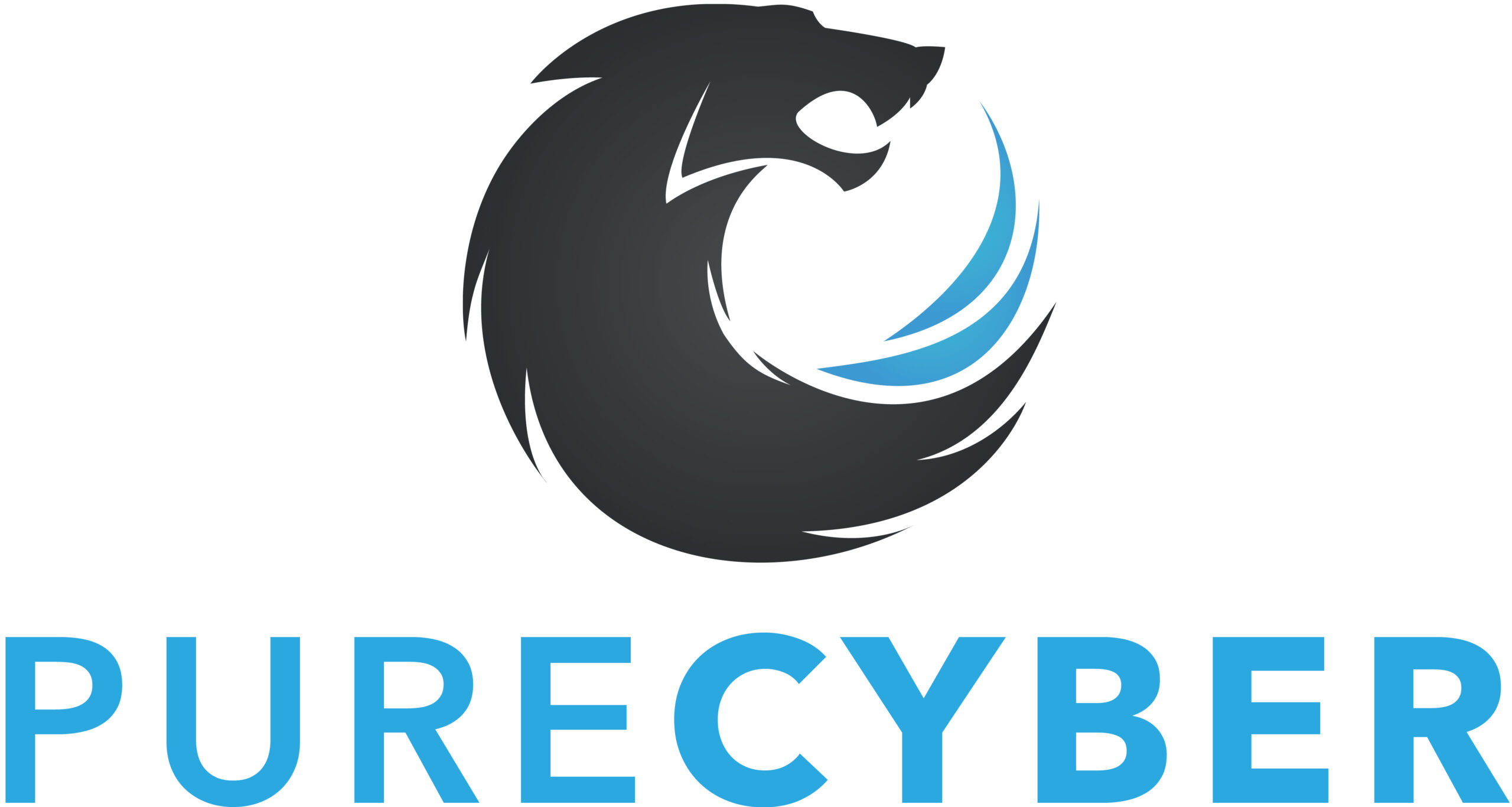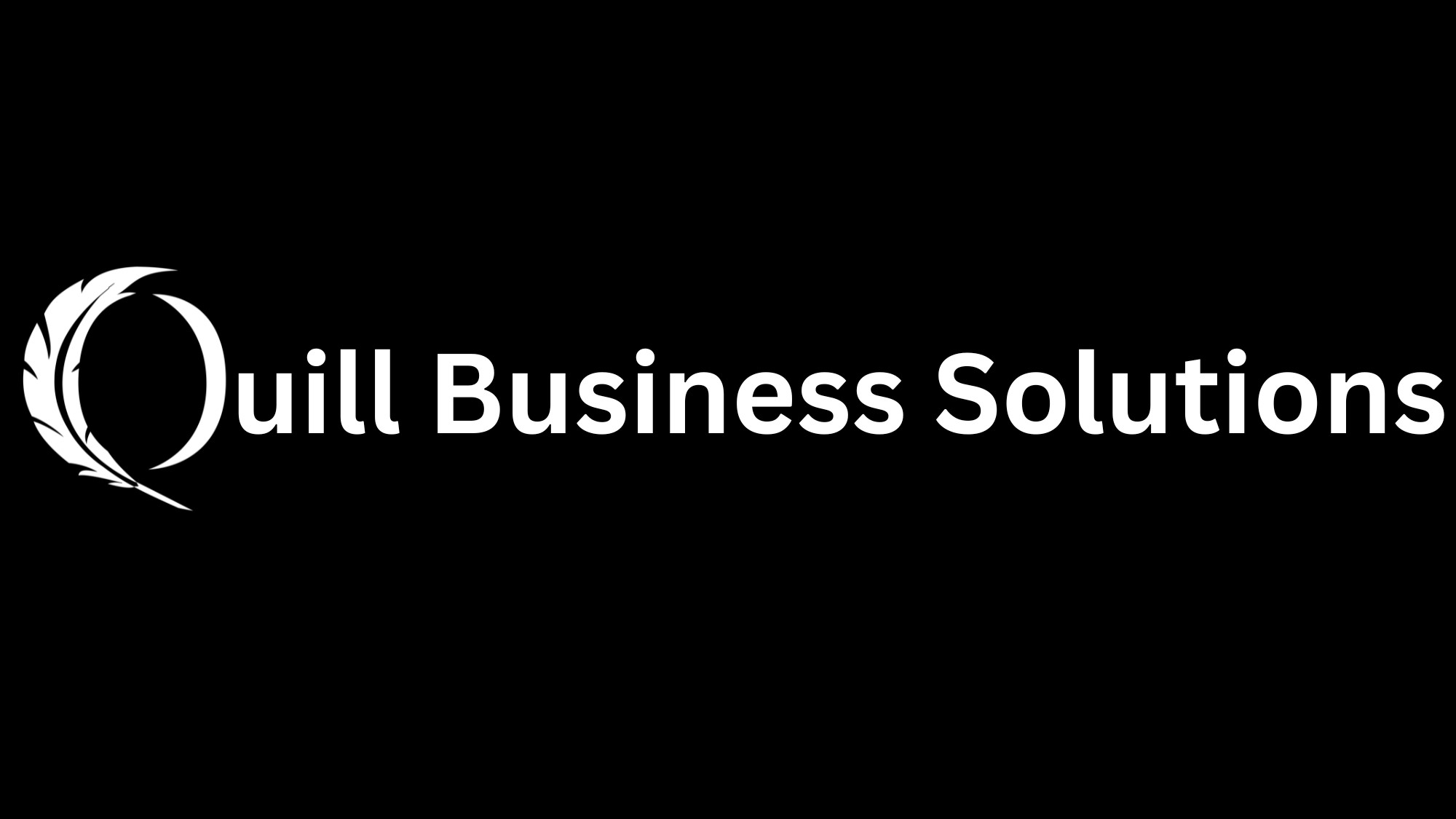DBS ID Verification Process
Being asked to undergo a DBS check does not mean you are suspected of anything; it is a standard procedure for anyone who’s role involves regular contact with children or vulnerable adults and in many cases, an organisation employing a sports coach will have a legal duty to go through the process. As a result, most sports coaches will come across the subject at some point, so it’s important for everyone – applicants and prospective employers alike – to be aware of the DBS ID verification process.
The applicant must provide a range of ID documents as part of the DBS check application process. Employers must:
- follow the three route ID checking process
- check and validate the information provided by the applicant on the application form/ continuation sheet
- establish the true identity of the applicant through the examination of a range of documents
- make sure the applicant provides details of all names by which they have been known
- make sure the applicant provides details of all addresses where they have lived in the last five years
- check that the application form is fully completed and the information it contains is accurate – failing to do this can result in delays
When checking the validity of the documents it is best practice to carry out this examination face-to-face. Other alternative methods include via a live video link, for example Skype and FaceTime. In both cases, however, you must be in physical possession of the original documents and any risks identified when using live video must be assessed and mitigated by you if implementing this practice. You must not rely on the inspection of the documents via a live video link, or by checking a faxed or scanned copy of the document.
If there are any discrepancies in the information provided by the applicant and/or the identity documents supplied, and fraud is not suspected, please ask the applicant to clarify. If you don’t do this it may compromise the integrity of the DBS service and introduce risk to your recruitment or licensing arrangements.
As an employer you must not attempt to amend the application form without the applicant’s knowledge and agreement. Doing this will invalidate the declaration by the applicant and may breach data protection legislation.
What you must do as part of the ID checking process
- You must only accept valid, current, and original documentation
- You must not accept photocopies
- You must not accept documentation printed from the internet e.g. internet bank statements
- Identity information for the applicant’s name, date of birth, and address recorded in section A and section B on the DBS application form must be validated
- You should, in the first instance, seek documents with photographic identity (e.g. passport, new style driving licence, etc.) and for this to be compared against the applicant’s likeness
- All documents must be in the applicant’s current name as recorded in section A
- One document must confirm the applicant’s date of birth as recorded in section A
- You must ensure that the applicant declares all previous name changes, and provides documentary proof to support the change of name; if the applicant is unable to provide proof to support the change of name, you should hold a probing discussion with the applicant about the reasons why, before considering to validate their identity
- You must see at least one document to confirm the applicant’s current address as recorded in section B, in accordance with the guidance
- You must provide a full and continuous address history covering the last five years – where possible you should seek documentation to confirm this address history
- You should cross-match the applicant’s address history with any other information you have been provided with as part of the recruitment, such as their CV; this can highlight if an address has not been given e.g. if the applicant’s CV shows that they have worked in Liverpool in the last five years, but the application form only shows London addresses, you may wish to question the applicant further about this
- A document from each of the groups should be included only once in the document count, for example, don’t accept two bank statements as two of the required documents, if they are from the same bank
- You should not accept the foreign equivalent of an identity document if that document is listed as ‘(UK)’ on the list of valid identity documents
The documents needed will depend on the route the application takes. The applicant must try to provide documents from Route 1 first. You can find details of possible routes and the validity of different types of documentation on the WSA website.
It’s important to note that a DBS check does not provide evidence of a person’s right to work in the UK. You must do a separate check to make sure a job applicant is allowed to work in the UK which also includes roles for voluntary work. You can find details via the UK Government website.
If the applicant isn’t a national of the UK, they must use a different route to apply for paid work in the UK. They can use Route 1 for voluntary work.
Continuation Sheets
The applicant can download a DBS continuation sheet for additional information they can’t fit on the DBS application form.
Unusual Addresses
The applicant must make sure they fill in the address part of the form correctly if they have an unusual address, for example if they live abroad, in student accommodation or a hostel.
Applicants who aren’t a national of the UK
An applicant who wants to do paid work and isn’t a national of the UK must be able to show:
- one primary document
- two supporting documents
If an applicant is unable to provide this documentation they can’t submit a DBS check. This is because the right to work in the UK can’t be established. They can’t use any other route.
Applicants for voluntary work who aren’t UK nationals must use Route 1.
Non-UK nationals who are eligible for a DBS check and receiving payment for work, even if it is an allowance, for example a foster carer, must use the paid work route.
However, Route 1 can be used by adult household members:
- in a fostering household
- in a child-minding household
- in a host family
- living where ‘work with children’ takes place, for example, living in a boarding school
Documents for non-UK nationals doing paid work
The documents must be originals, not copies.
At least one of the documents from either the primary or supporting documents lists must show the applicant’s current address.
The primary document list contains the range of documents you may accept for a person who has a permanent or temporary right to work in the UK. More detailed information about how to check an individual’s right to work can be found on the UK Government website.
They also provide information about the documentation required for non-UK nationals applying for DBS checks.
How do I check for indicators of fraud?
Always check for signs of tampering when checking identity documents. Documents should be queried if they display any signs of damage, especially in the areas of personal details such as the name and the photograph.
The UK Government website contains some vital tips on what to look out for to spot any suspicious signs when authenticating different types of documents. The National Document Fraud Unit (NDFU) in the Home Office has also published guidance on examining identity documents to detect basic forgeries.
If you suspect that you have been presented with a false identity or documents at the time of application, do not proceed with the application process.
- Report suspected identity fraud through the Action Fraud website
- Further information on identity fraud can be found on the Metropolitan police website
- If you suspect identity fraud once a DBS check has been submitted, you must call 03000 200 190
You are also advised that under Section 8 of the Asylum and Immigration Act 1996 all employers in the United Kingdom are required to make basic document checks to help prevent anyone from working illegally.
By carrying out checks employers will be able to establish a defence for themselves if any of their employees are found to be working illegally at a later date.
Further details are available on the UK visas and immigration website or by calling the employer helpline on 0845 010 6677.
Applicants who have been adopted
If they were adopted before the age of 10, they do not need to provide their surname at birth in section A of the DBS application form, they should give their adoptive name in this section.
This is because the age of criminal responsibility is deemed to be 10 years, under the Children and Young Persons Act 1933, Chapter 12, Section 50. This means that there is no possibility that an individual could have a criminal record in a name that was used until the age of 10.
What if the applicant’s identity cannot be established using one of the three routes?
If you or your ID checker cannot establish an applicant’s identity in accordance with DBS ID guidelines then you should mark W59 on the application form with a NO.
Applicants who are unable to provide the required documents will then be asked to give their consent to have their fingerprints taken in line with the current procedure. Employers should note this will require attendance by the applicant at a police station at an appointed time, and may add delay to the overall application process.
For more information, please visit the UK Gov website.
And if your organisation is ready to embark upon the DBS Checking process with the Welsh Sports Association, please visit the Vibrant Nation website today!





